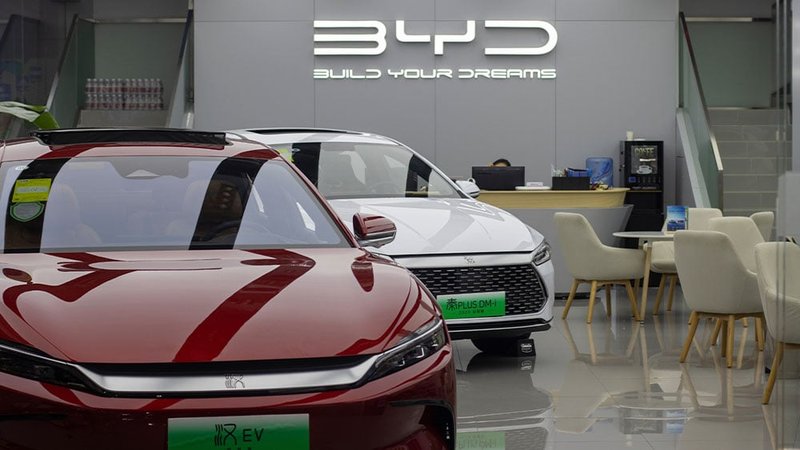
China’s electric vehicle (EV) giants are locked in a fierce price war, spearheaded by BYD, that’s shaking global markets and posing a serious long-term threat to U.S. automakers, including Tesla. What may appear as a domestic competition within China is, in fact, a strategic maneuver that could flood international markets with low-cost, state-backed EVs—putting America’s industrial base at risk.
On May 23, BYD slashed prices by up to 34% across many of its electric vehicles. These steep discounts aren’t just market-driven. They are made possible by BYD’s vertically integrated manufacturing, heavy government support, and aggressive state-aligned scaling. The company remains profitable overseas thanks to higher-margin exports, even as domestic cuts squeeze margins.
BYD’s move triggered a wave of retaliatory discounts from rivals such as XPeng, Nio, Li Auto, Zeekr, and Xiaomi. The China Association of Automobile Manufacturers stepped in, urging companies to halt the self-destructive pricing, but the damage—and intent—is clear: dominate the global EV race at all costs.
As China’s EV firms, many backed by state actors or allied funds, rush to capture overseas markets, the U.S. cannot afford complacency. Chinese firms such as XPeng and Nio are launching new models (e.g., the Mona M03 or Onvo L60) designed to undercut Tesla in price and features. Meanwhile, Xiaomi, traditionally a smartphone giant, is entering the EV space with the SU7 and YU7—vehicles already outselling Tesla’s Model 3 in some markets.
This isn’t just market competition—it’s state-supported industrial warfare.
The U.S. must:
In the short term, American automakers face market share erosion. In the long term, the entire U.S. auto sector—and by extension, national economic autonomy—could be at stake. The Chinese EV surge is no longer just a trade issue; it’s a national security concern.